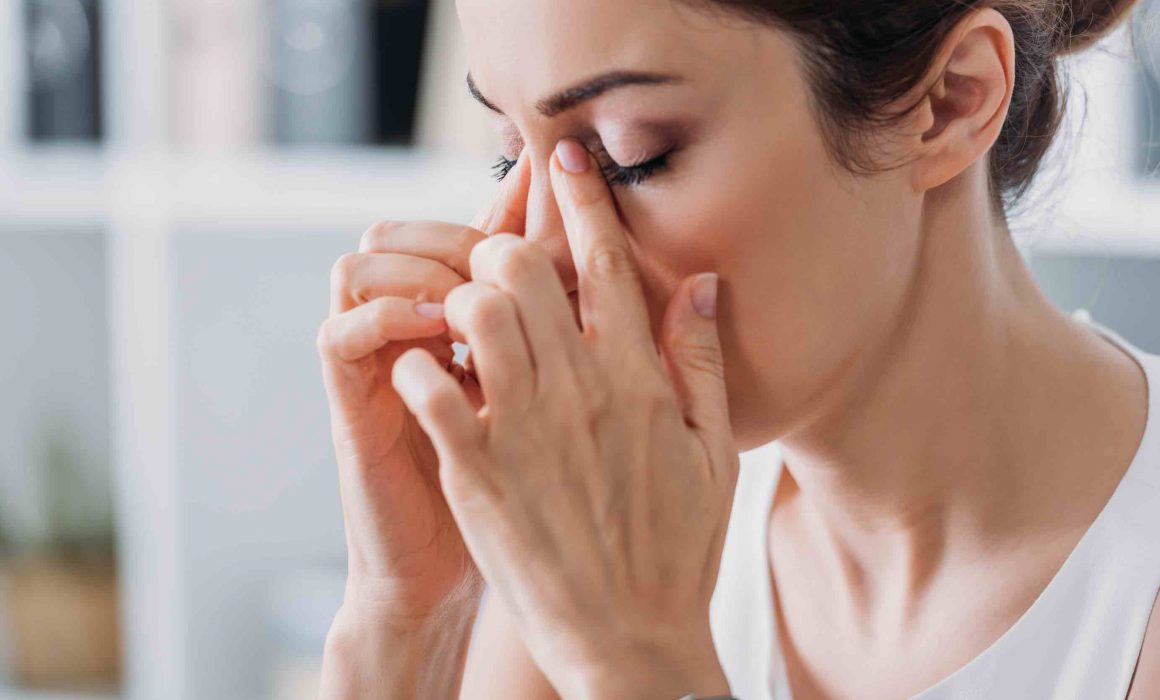Are headaches getting you down?
There is a broad variety of reasons why people come for Traditional Chinese Medicine (TCM) treatment; one of the more frequent, treatable ailments is headache. Headaches can occur with exasperating frequency, and this debilitating condition can negatively impact every single aspect of day-to-day life. Headaches can be classified as primary headaches if they are identified as the main issue, but for many people, headaches are experienced as a result of other conditions.
There are many types of headaches, but the five key classifications of headache in Western Medicine are:
- tension;
- cluster;
- sinus;
- migraine; and
- (general) headaches.
In Traditional Chinese Medicine, diagnosis does not follow these classifications, and instead focuses on the ‘acupuncture channel’ and/or ‘organ pathology’ that has been affected within each individual person. In many cases, there may be several conditions to address. As headaches are not all the same, naturally there is not one single treatment that works for all people; in order to develop an individually customised treatment, we investigate:
- the location of headache;
- triggers for the headache such as stress, insomnia, hormonal imbalance, or specific foods. As well as what (if anything) tends to help the problem;
- the type of headache (e.g. is it a dull ache, which indicates a deficiency in some area of the body, or perhaps a strong, throbbing headache, which indicates an excess of something);
- what the headache feels like (e.g. a heavy head is treated differently to a head that feels like there is a tight band around it);
- headache duration;
- onset of the condition and/or any advance warning such as experiencing an aura prior to a headache;
- accompanying signs and symptoms, such as nausea, vomiting, photophobia, blurred vision, etc.; and
- pulse and tongue. This provides some valuable information on how the body is functioning.
What can we ascertain from this? We are looking to identify both the root and the branch of the disease. In the case of a primary headache, the root is the cause of the headache, and the branch is the pain itself. A headache that is dull in nature indicates that there is some deficiency in the body and strengthening the organ is essential. Alternatively, if we notice that the pain is throbbing, we need to reduce an excess in the body.
Tension headaches tend to be the most common type of headache, where the pain is often located in the temples or on the back of the head. During the acute phase, acupressure may assist when treating these types of headaches, targeting the acupuncture point at large intestine 4. This is located between the thumb and forefinger. During a headache, this area can be very tender, but people observe that with ongoing massage, they often notice a lift in the severity of the headache. Commonly, the root of this type of headache stems from the neck impinging on the nerves and blood flow. The first thing to check is that your pillow is supportive and thick enough to support your head, but without being too high. If you are a front sleeper, you may need to adapt your sleeping position as sleeping on your stomach does not help with proper positioning of the head.
Cluster headaches exist when people experience several headaches in a row and then periods with none. The onset can be sudden and severe with debilitating pain on one side of the head, often accompanied by a watery eye and nose on the same side of the face. In most cases, acupuncture and herbs are recommended to treat both the root and the branch of the problem.
If a person has sinus headaches, they often experience congestion in the nose and head. This is seen as an issue relating to the Chinese lungs and the spleen systems.
One of the of the most talked about and debilitating type of headache is a migraine, which can exhibit qualities including: pain lasting 4-72 hours; one-sided pain; throbbing pain; moderate-to-severe pain; and pain that interferes with day-to-day living. People often experience nausea/vomiting and/or sensitivity to light and sound. People with this kind of headache tend to be aware of their triggers which can be hormonal, foods, and/or stress.
Regardless of the type of headache, treatment will always incorporate acupuncture. In some cases, this will be accompanied by the application of Chinese herbal medicine and diet and lifestyle changes.
If you experience headaches you can also try the following tips yourself, which may provide some comfort.
- Make sure you remain hydrated. Very often a dull headache can be attributed to lack of fluids.
- It is good to stretch the neck before a workout in order to avoid tension headaches.
- Avoid sugar where possible as this can contribute to your headaches.
- A few acupressure points that can be useful are:
- Find the deep depression at the base of the skull about 3 fingers away from the spine. This is known at the ‘gates to consciousness’. Pressing these points can assist with releasing endorphins which may alleviate the pain.
- Another important point is called ‘Hegu’ or Large Intestine 4. This point is located by holding the thumb and finger together, then massaging the highest point.
- If the headache is throbbing, gently massage around the web area between the big and second toe (you may need a friend to help).
Once we identify the source of the problem, we can correct it with a blend of medical approaches including dietary changes, herbal supplements, acupuncture, and therapeutic massage.
Traditional Chinese medicine draws upon 3,000 years of medical practice in China; centuries of application does not suggest an outdated way of treating illness, but instead, a tried and trusted remedy passed down through generations. ‘The Evidence Project’ in 2017 also identified that acupuncture has shown a positive effect on treating headaches.
If headaches are impacting your life, make an appointment to see Michele and start your journey towards healing.





